Learn about the history of New Orleans
Welcome to New Orleans, a city where every street corner and building seems to whisper tales from the past. Known for its vibrant music, tantalizing cuisine, and unique cultural blend, New Orleans is a living tapestry of history and tradition. Founded over 300 years ago, this city has witnessed the rise and fall of empires, the birth of jazz, and the enduring spirit of its people. Let’s embark on a journey through its enchanting history.
The Birth of a City: Early Beginnings
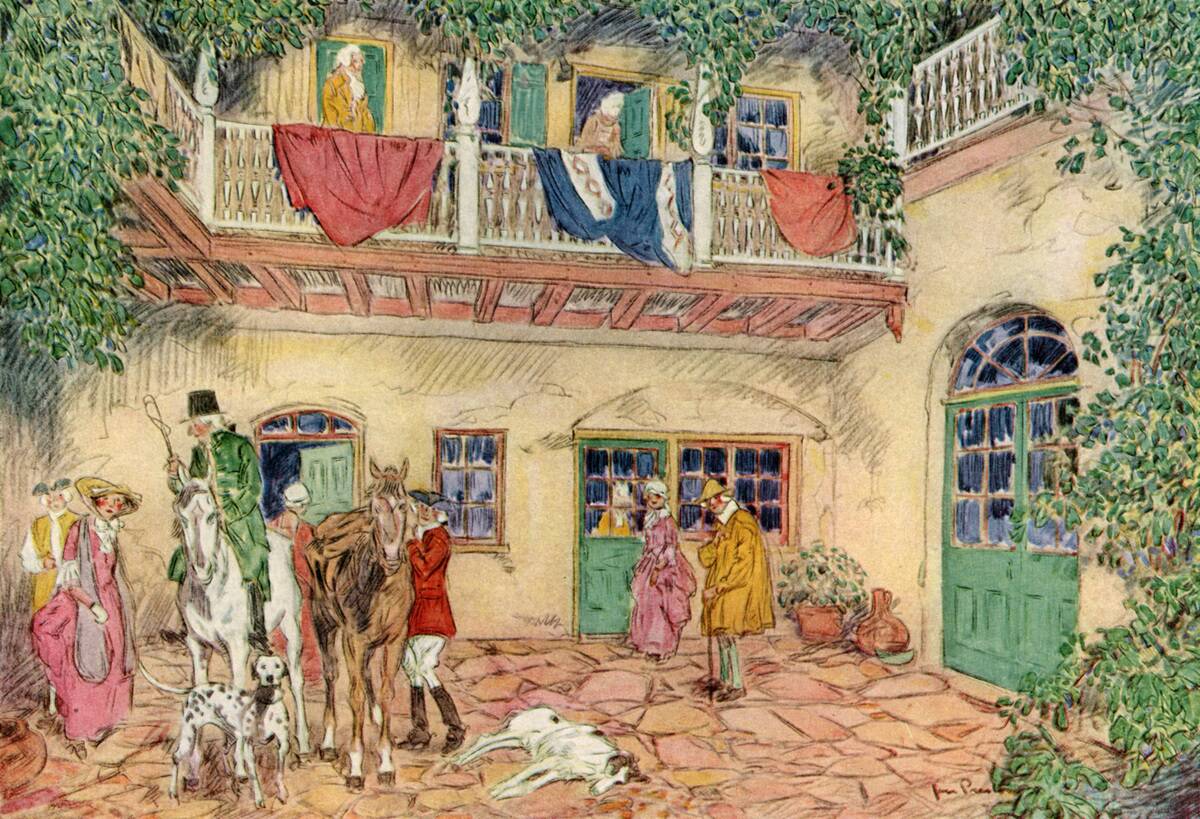
New Orleans was founded in 1718 by French colonists, led by Jean-Baptiste Le Moyne de Bienville. Located strategically along the Mississippi River, it quickly became a crucial port for trade. The city was named after Philippe II, Duke of Orléans, the Regent of France at the time. Its early years were marked by challenges, including flooding and disease, but its prime location ensured its growth and prosperity.
The Influence of French and Spanish Rule
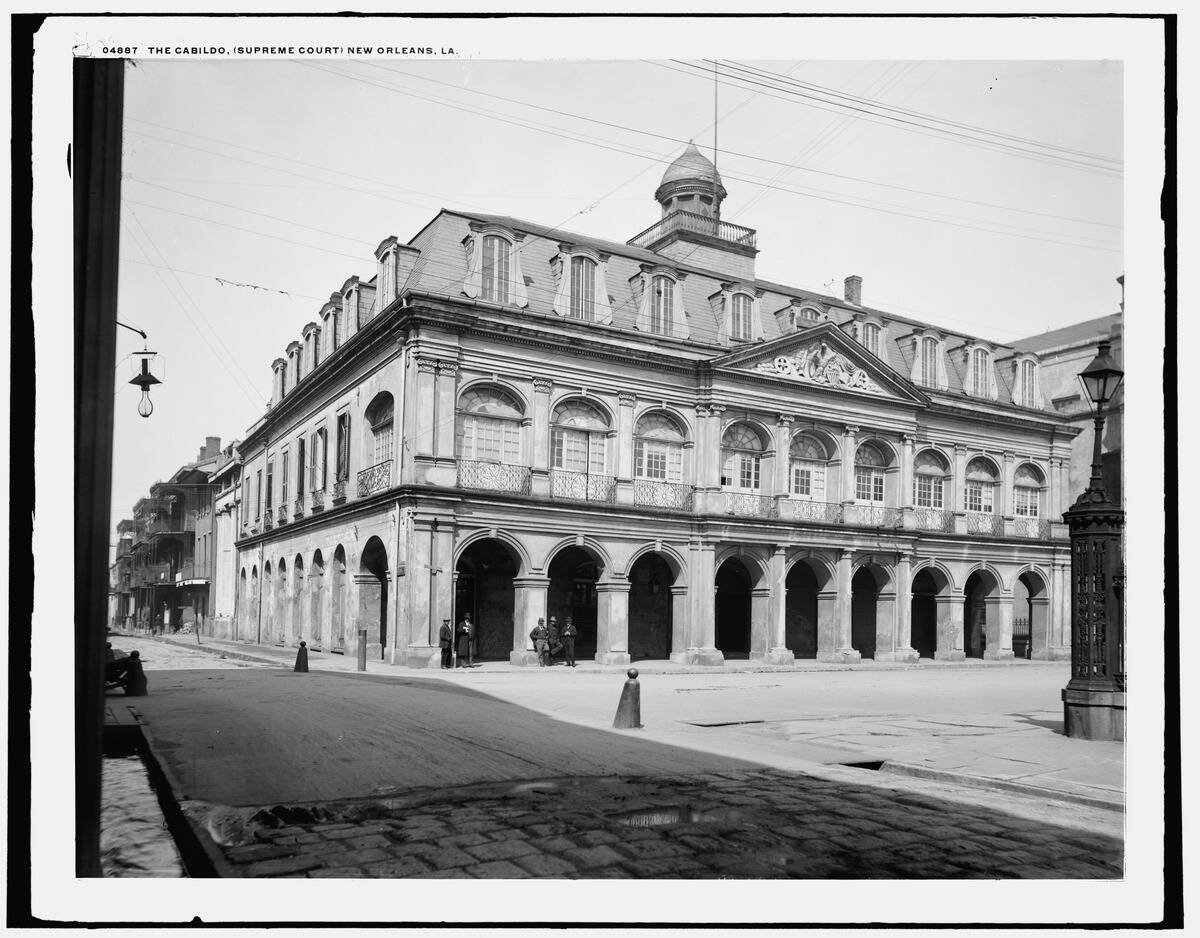
The city’s rich tapestry includes periods of both French and Spanish rule, which have left a lasting impact on its culture and architecture. From 1763 to 1803, New Orleans was under Spanish control, a time when the city saw significant changes in its infrastructure and legal system. The French, however, left their mark through language, cuisine, and culture, creating a unique blend that defines New Orleans today.
A Melting Pot of Cultures
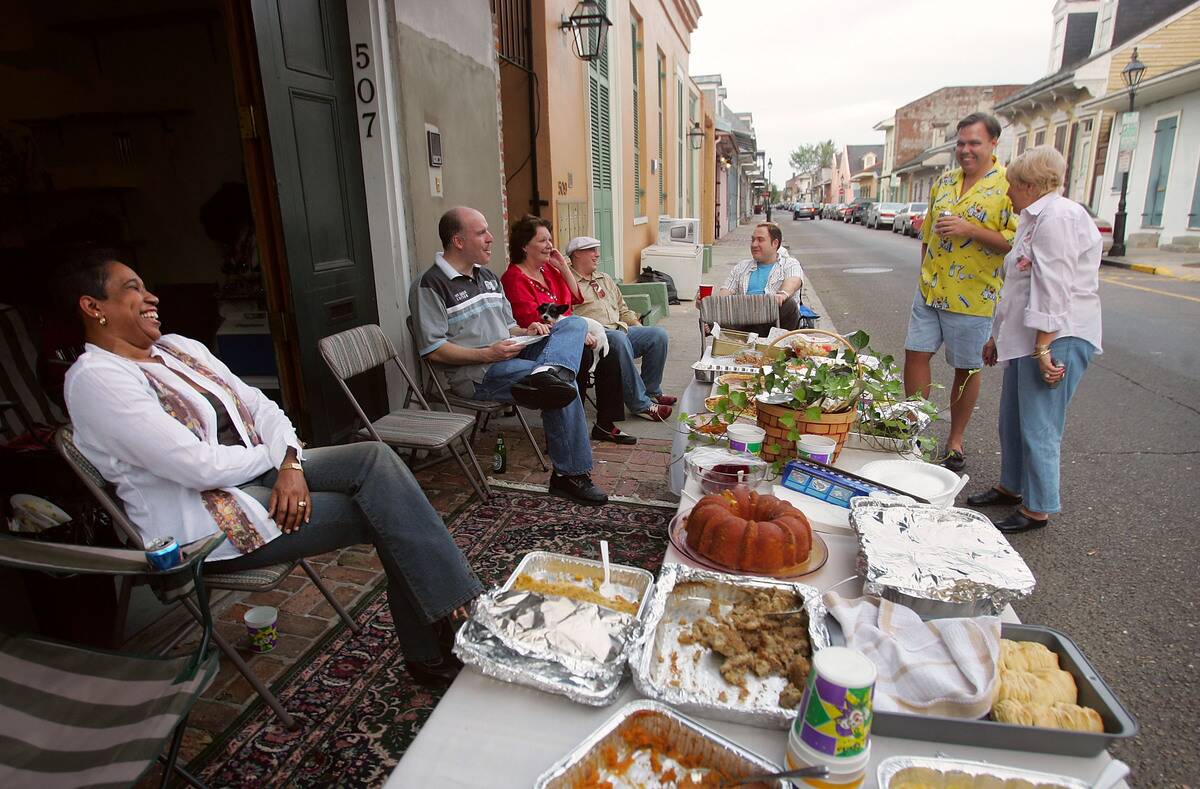
New Orleans is often described as a cultural gumbo, a vibrant mix of African, Native American, French, Spanish, and Creole influences. This cultural diversity is reflected in the city’s music, food, and festivals. Each community has contributed its own unique flavors, creating a harmonious yet eclectic atmosphere that is quintessentially New Orleans. It’s a place where traditions from around the world come together to create something truly special.
The Louisiana Purchase: A Game Changer
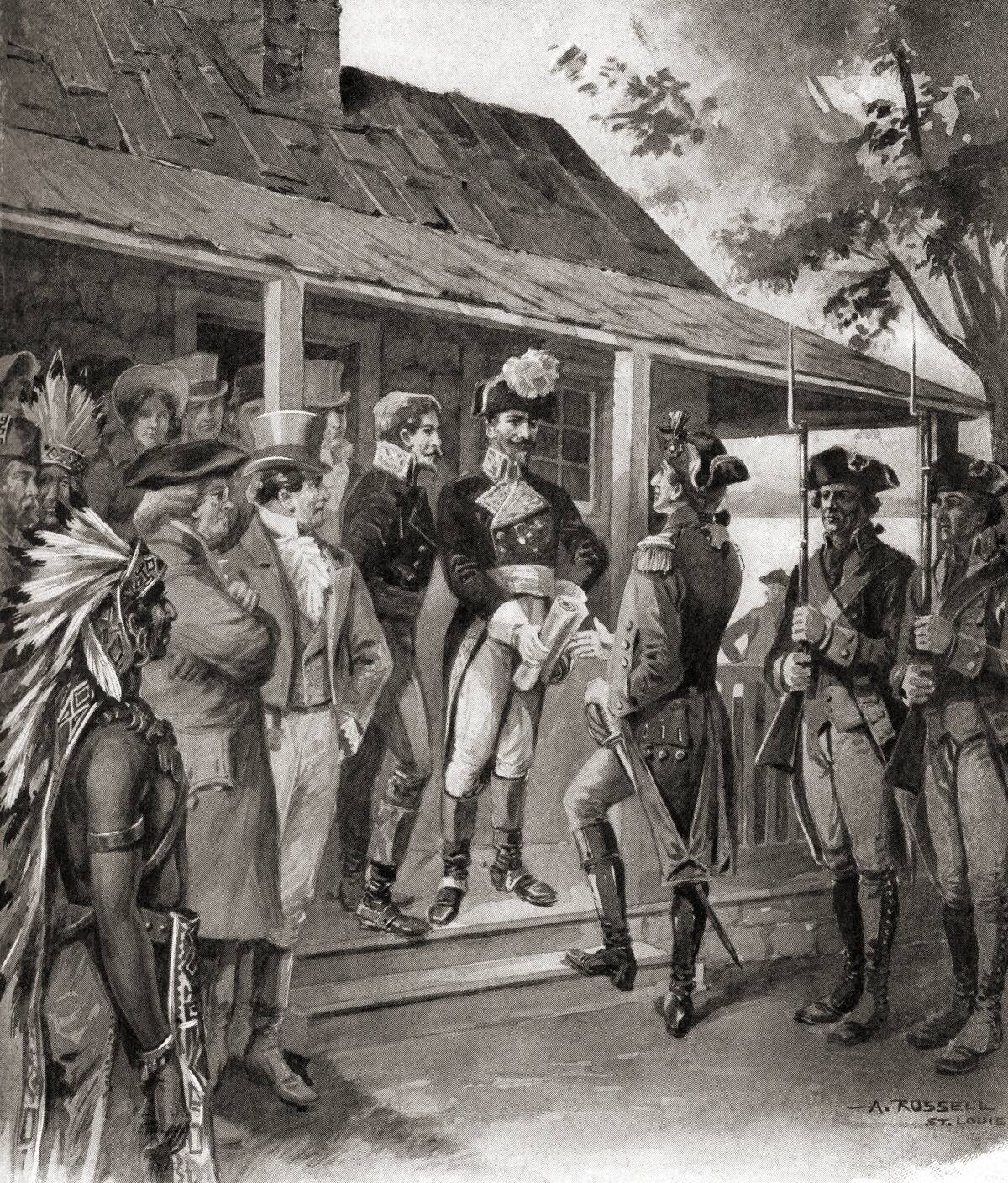
In 1803, the Louisiana Purchase transformed New Orleans and the surrounding territory. The U.S. acquired the land from France for $15 million, effectively doubling the size of the nation. This monumental deal opened up vast new opportunities for trade and expansion, securing the city’s role as a key economic hub. As Americans migrated into the area, New Orleans became a melting pot of cultures and ideas that would shape its future.
The Role of the Mississippi River

The mighty Mississippi River has been the lifeblood of New Orleans since its inception. This vast waterway facilitated trade and transportation, making the city a bustling port. It was through this river that goods, people, and ideas flowed, contributing to the city’s growth and cultural development. The Mississippi continues to play an integral role in the city’s economy and lifestyle, cementing its status as a vital artery of commerce and culture.
New Orleans and the Civil War
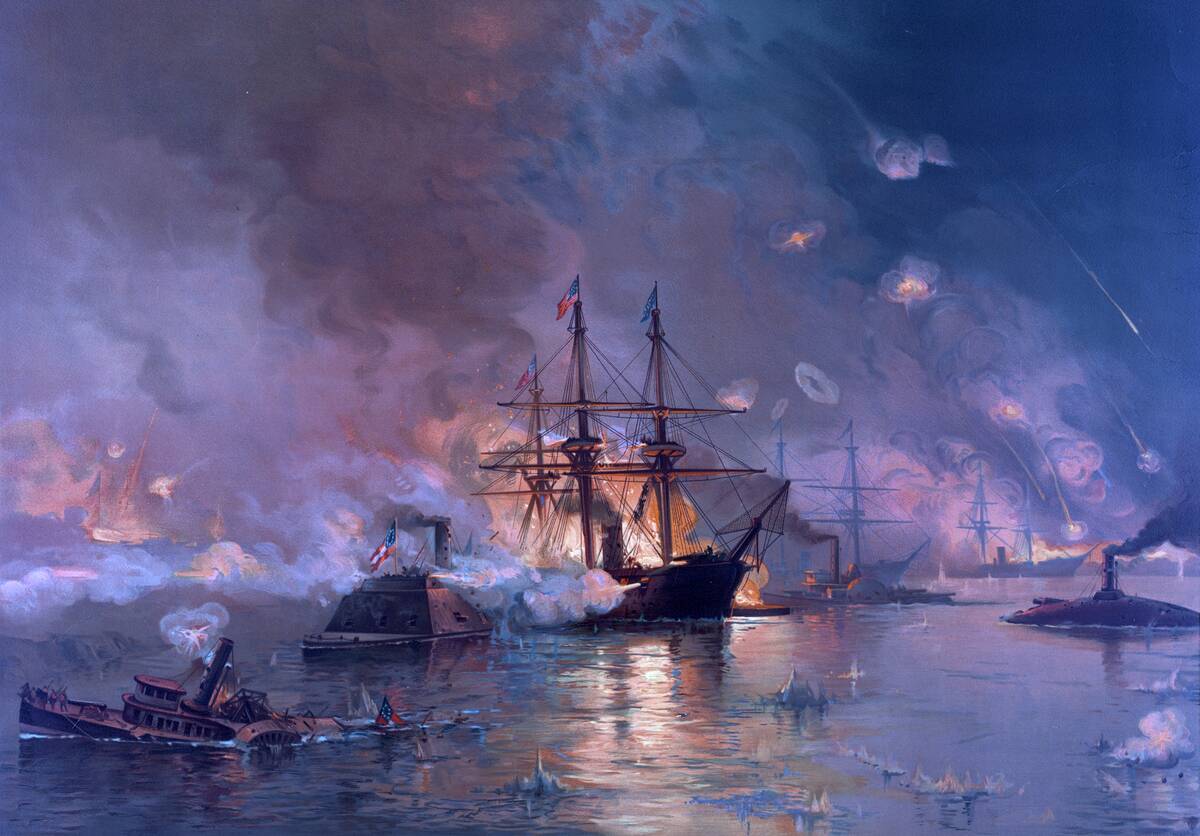
During the Civil War, New Orleans was a strategic target due to its vital port. In 1862, Union forces captured the city, marking a significant turning point in the conflict. The occupation led to changes in social and economic structures but also sparked resentment and resistance among local populations. Despite the turmoil, New Orleans managed to retain its unique cultural identity, setting the stage for its post-war renaissance.
Reconstruction and Cultural Renaissance
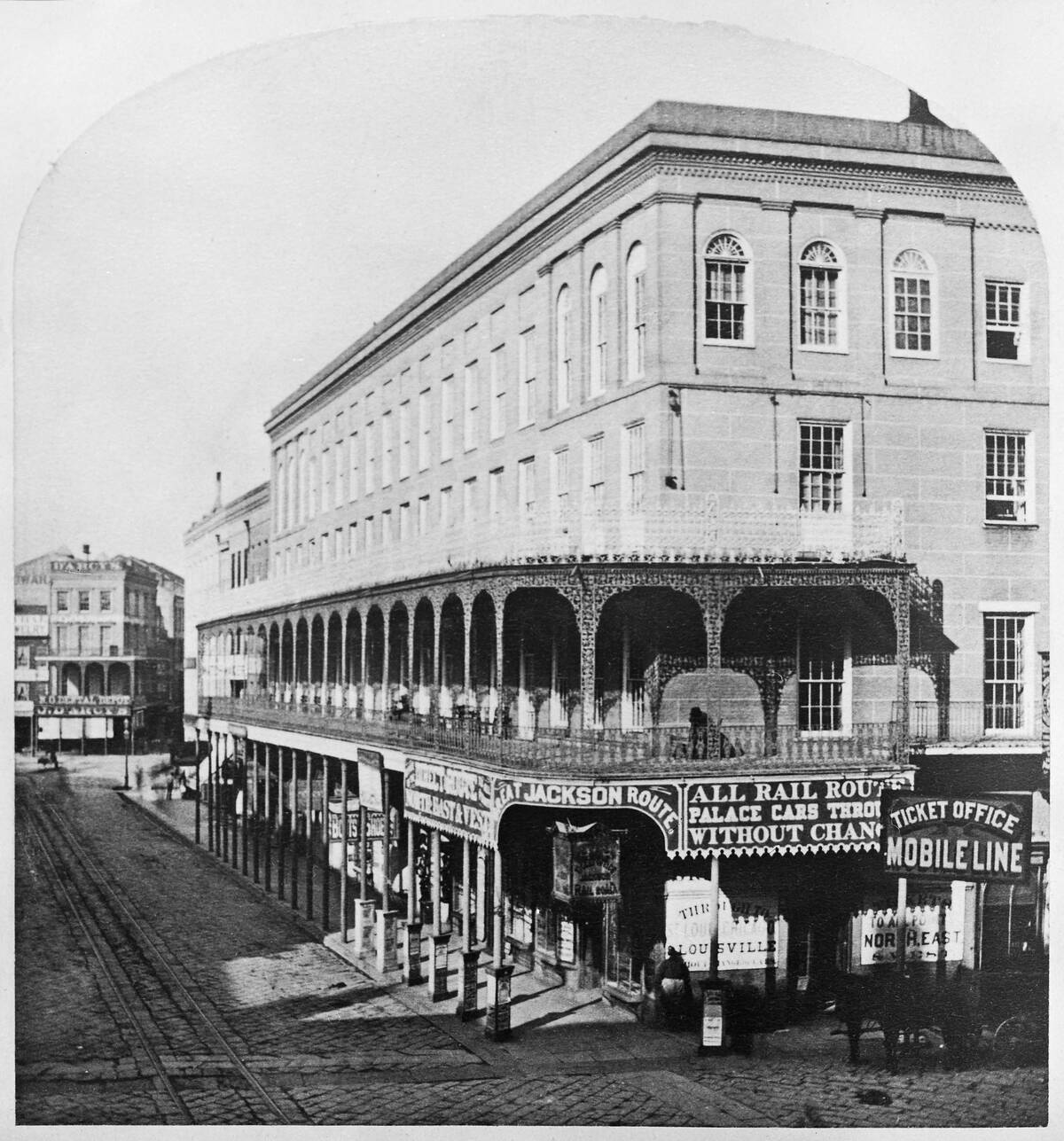
Following the Civil War, New Orleans entered a period of reconstruction that brought both challenges and opportunities. The city experienced a cultural renaissance, with the emergence of jazz and a revival of its diverse cultural traditions. This era saw the blending of African rhythms and European instruments, creating a new sound that would become the foundation of jazz music. The city’s resilience during this time set the stage for its future cultural vibrancy.
Jazz: The Soul of the Big Easy
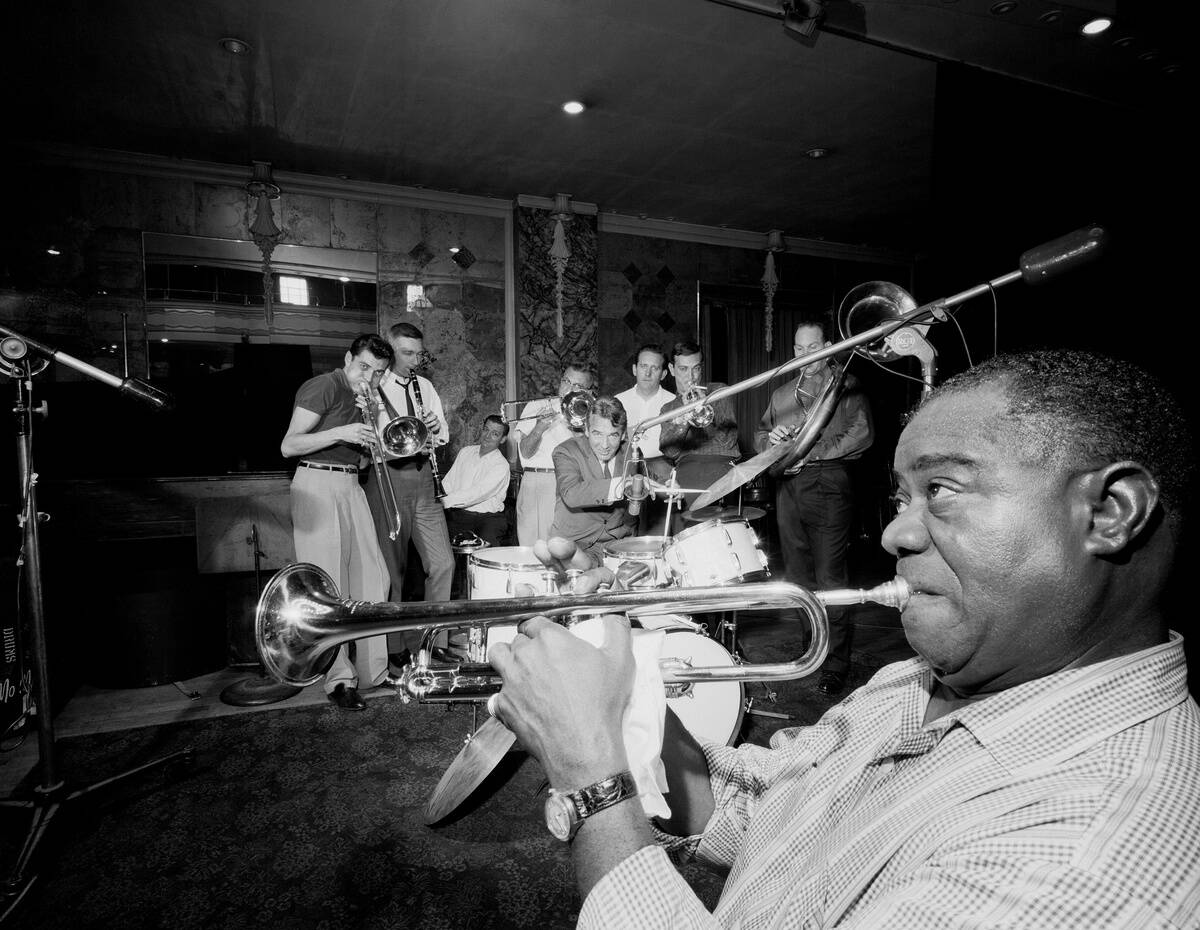
New Orleans is often credited as the birthplace of jazz, a genre that has become synonymous with the city itself. Emerging in the late 19th and early 20th centuries, jazz was born from a fusion of African, Creole, and European musical influences. Iconic figures like Louis Armstrong and Jelly Roll Morton started their careers in the city’s vibrant music scene. Jazz remains a vital part of New Orleans culture, with live performances echoing through its streets and venues.
Mardi Gras: A Celebration Like No Other
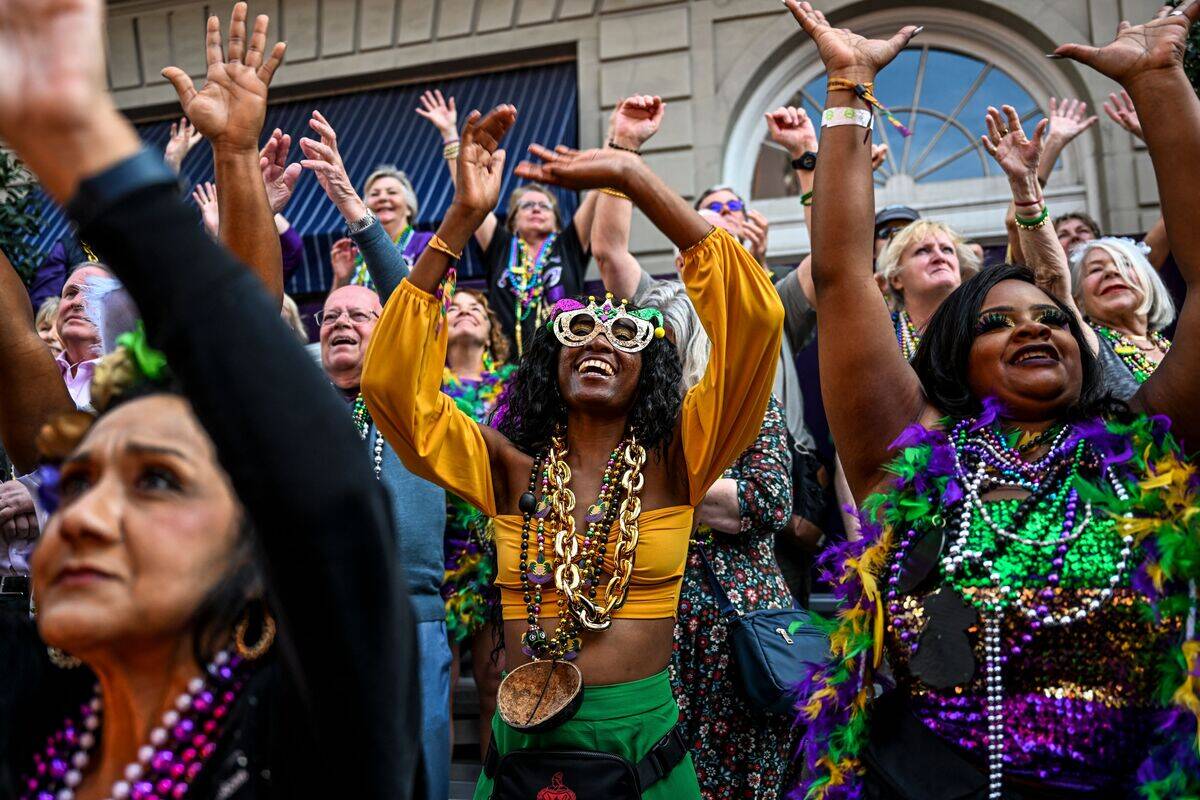
Mardi Gras in New Orleans is a world-renowned festival full of color, music, and revelry. Celebrated since the 18th century, this pre-Lenten carnival is an explosion of parades, costumes, and traditions. The event draws millions of visitors each year, eager to experience the city’s unique blend of culture and celebration. Mardi Gras is more than just a party; it’s a testament to the spirit and creativity that define New Orleans.
The Architecture of New Orleans: A Stroll Through Time
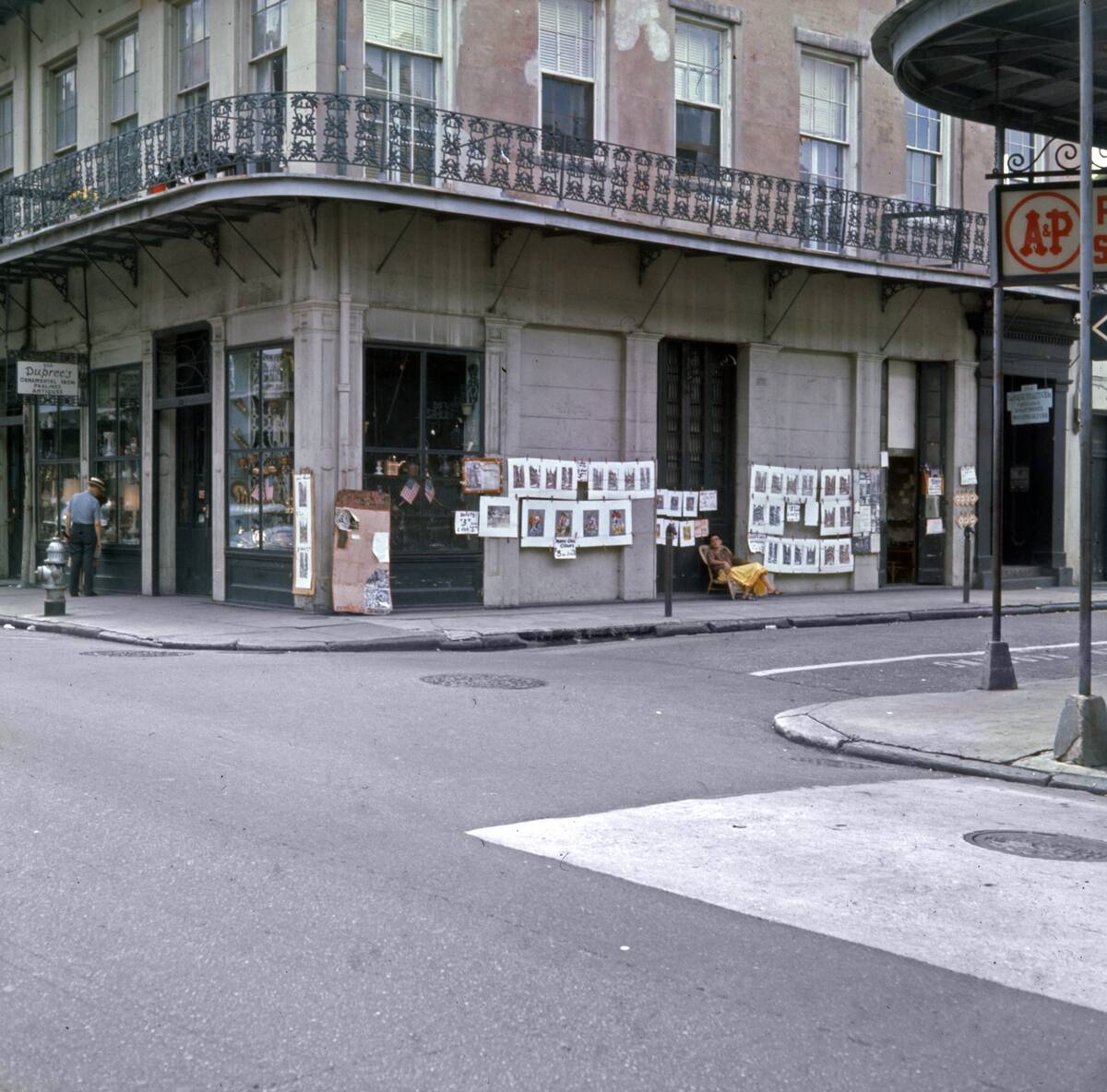
New Orleans is a living museum of architectural styles, from Creole cottages and shotgun houses to grand mansions in the Garden District. The French Quarter, with its iconic wrought-iron balconies, is a testament to the city’s French and Spanish heritage. Walking through the streets of New Orleans is like taking a journey through time, with each building telling its own story of the city’s diverse cultural influences and historical evolution.
Culinary Delights: The Evolution of Creole and Cajun Cuisine
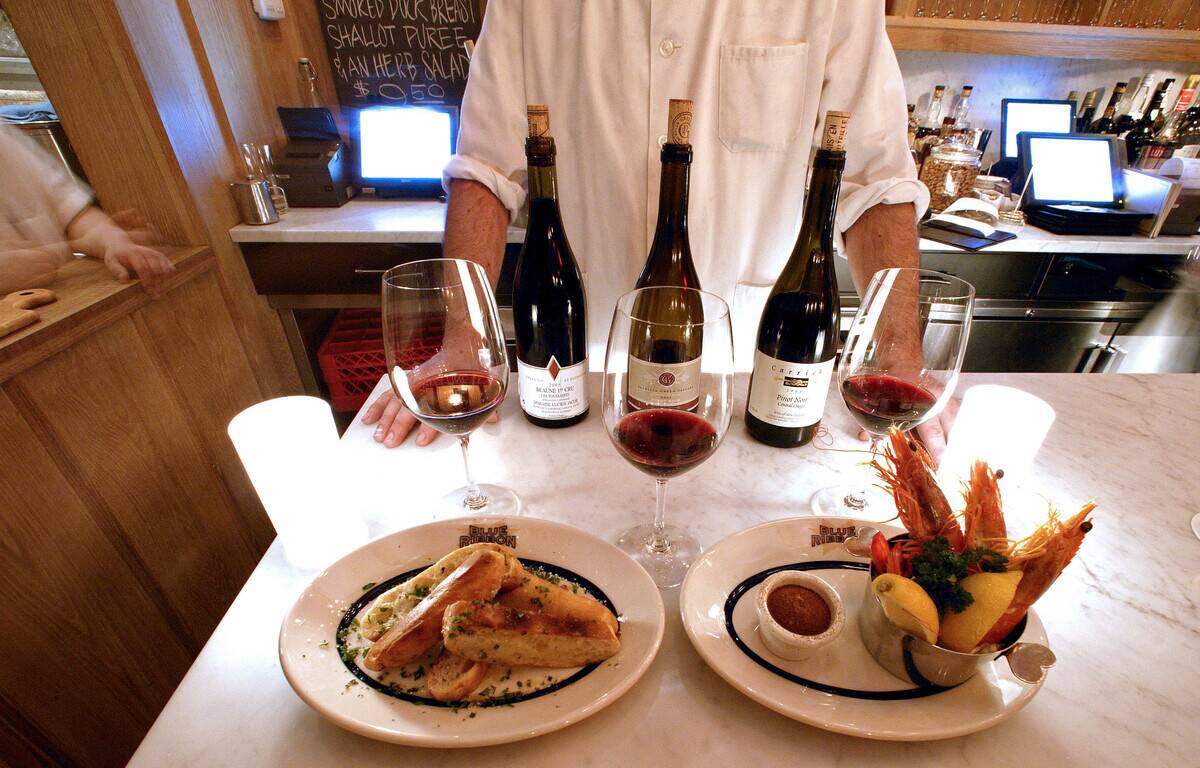
New Orleans is a culinary paradise, known for its Creole and Cajun cuisines that reflect the city’s diverse cultural heritage. Creole dishes like gumbo and jambalaya are rich and flavorful, influenced by French, Spanish, African, and Native American cuisines. Cajun cuisine, with its roots in the French-speaking Acadian exiles, offers hearty, rustic dishes like boudin and crawfish étouffée. Together, they create a gastronomic experience that is uniquely New Orleans.
Voodoo: Mysticism and Reality
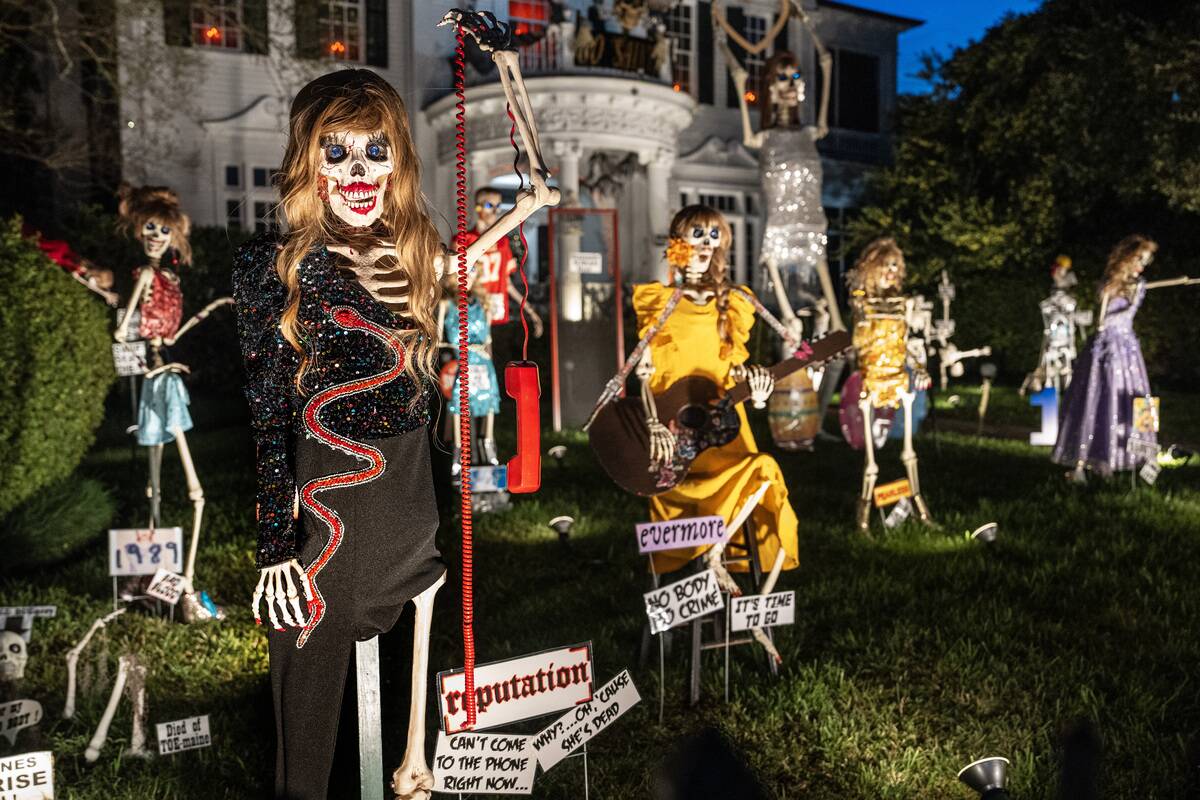
Voodoo is a significant part of New Orleans’ cultural tapestry, often misunderstood but deeply rooted in the city’s history. Originating from African spiritual practices brought over by enslaved people, Voodoo in New Orleans integrates Catholic influences and local traditions. While often sensationalized, it remains a respected spiritual practice for many, with iconic figures like Marie Laveau becoming synonymous with the city’s mystique and allure.
The Impact of Hurricanes on the City’s History

New Orleans has faced numerous hurricanes, with Katrina in 2005 being the most devastating in recent history. The storm caused catastrophic flooding and damage, bringing the city to its knees. Recovery efforts have been ongoing, with rebuilding and resilience becoming central themes in the city’s narrative. Despite these challenges, New Orleans’ spirit of determination and community has shone through, demonstrating its ability to rise above adversity.
Civil Rights Movement in New Orleans
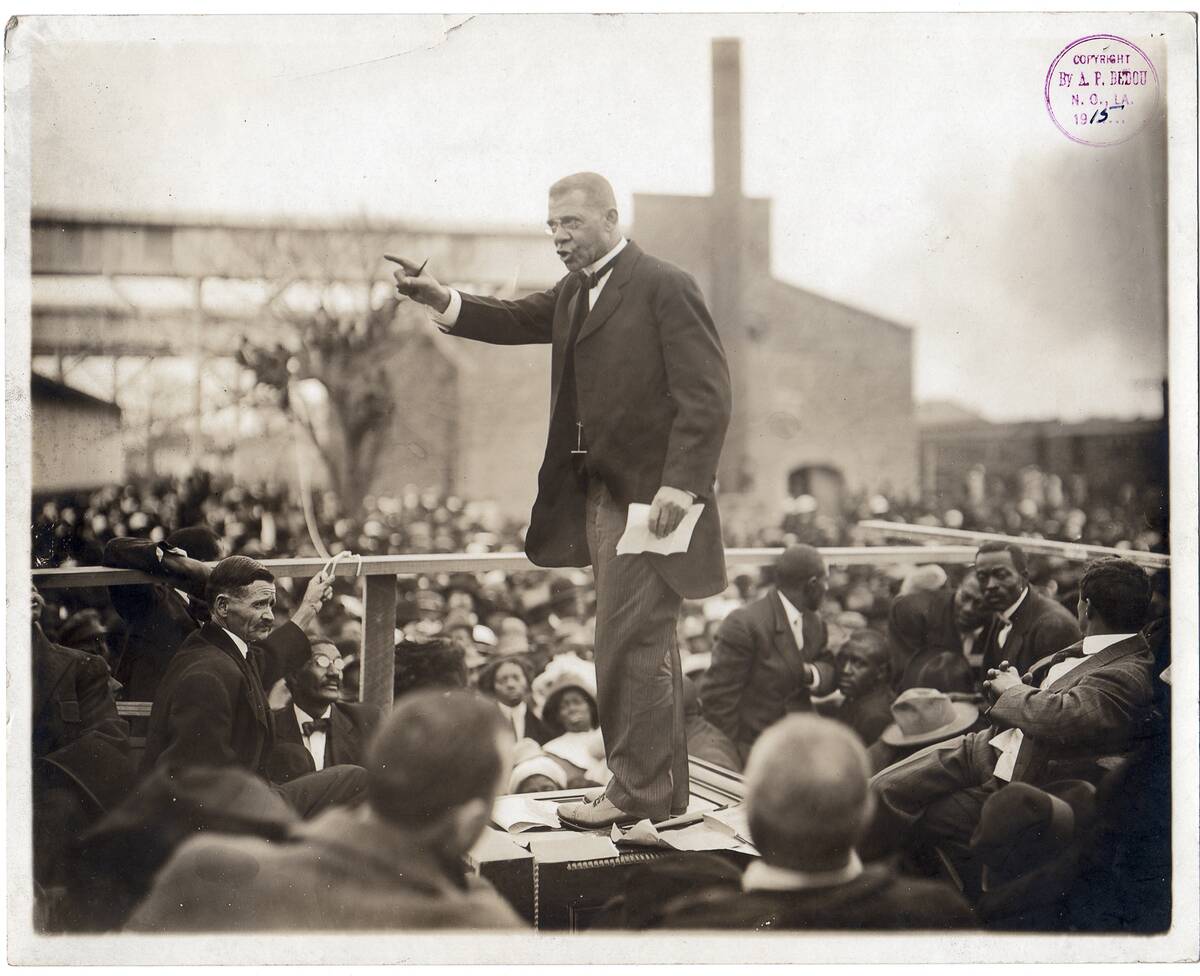
New Orleans played a crucial role in the Civil Rights Movement, with events like the integration of schools following the landmark Brown v. Board of Education decision. The city’s diverse population and cultural history provided a unique backdrop for activism and change. Leaders and activists in New Orleans worked tirelessly to challenge segregation and discrimination, contributing to the broader national struggle for equality and justice.
The Preservation of Tradition in Modern Times
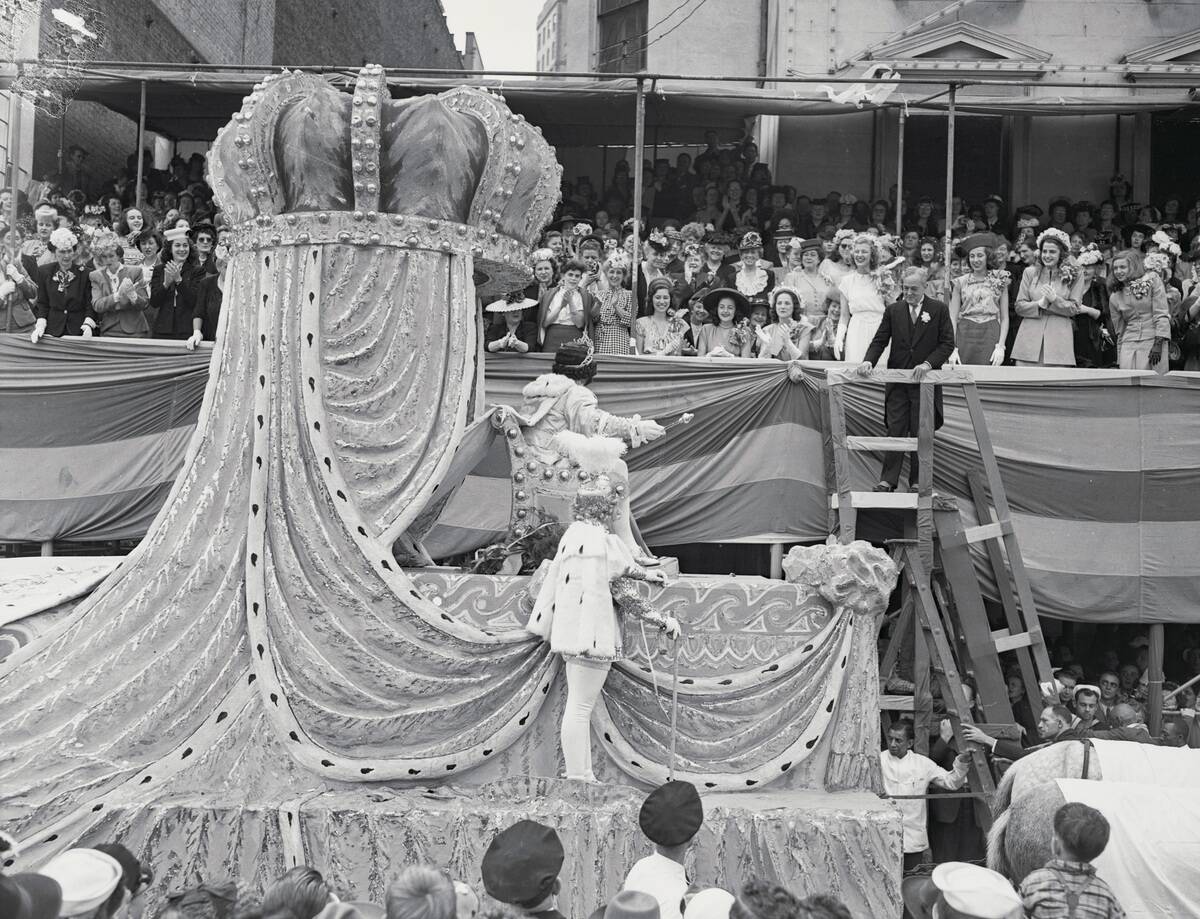
In modern times, New Orleans remains a city that fiercely preserves its traditions while embracing change. From its historic architecture to its vibrant festivals, the city is committed to maintaining its cultural heritage. Efforts to preserve the unique character of neighborhoods and support local artists and musicians are ongoing. This dedication ensures that New Orleans remains a dynamic and culturally rich city, honoring its past while looking to the future.
The Essence of New Orleans: A City of Stories
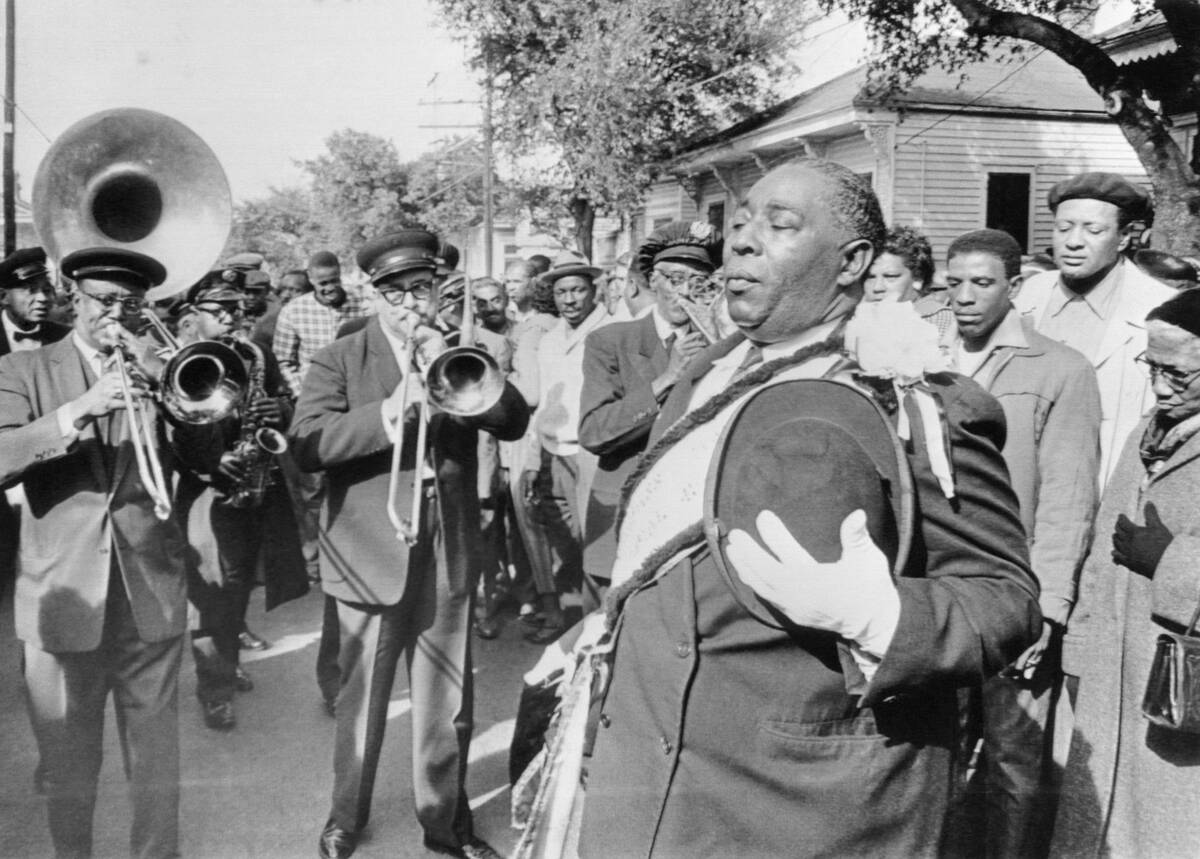
New Orleans is a city of stories, where every street and corner has a tale to tell. From its founding to its role in music, food, and culture, New Orleans is a place where history is alive and ever-present. Its people, known for their warmth and hospitality, embody the spirit of resilience and creativity. As you explore the city, you’ll find that each story adds to the rich tapestry that makes New Orleans an enchanting and unforgettable place.



